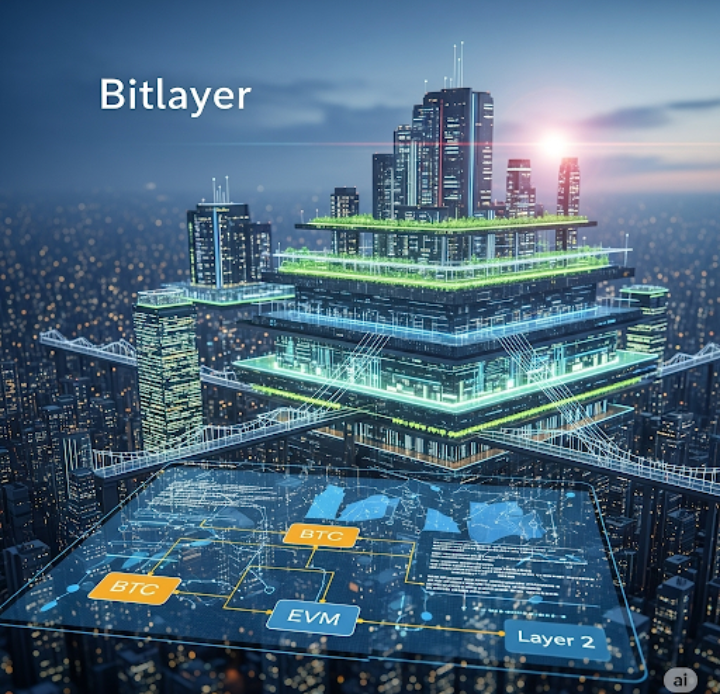Bitlayer is an innovative Layer 2 solution for the Bitcoin network that changes the game. With an EVM-compatible execution layer, this network allows the use of all the power and flexibility of Turing-complete smart contracts, which were previously primarily available on Ethereum. This opens up limitless possibilities for creating complex decentralized applications (dApps) and DeFi projects directly within the Bitcoin ecosystem.
Why is Bitlayer an important step?
The traditional Bitcoin network, while the most secure and decentralized, has limited functionality. Its scripting language does not support complex smart contracts, making it impossible to create most modern DeFi projects on it. Bitlayer solves this problem by creating a bridge between Bitcoin and EVM (Ethereum Virtual Machine). 🌉 This approach allows developers accustomed to Ethereum tools to easily port their dApps to Bitlayer and use Bitcoin as a base asset.
Key advantages of Bitlayer:
EVM compatibility: Allows developers to effortlessly deploy existing dApps written for Ethereum.
High performance: The network provides fast and cheap transactions, which is critical for DeFi applications.
Security: Bitlayer uses BitVM technology, which guarantees security equivalent to the security of the Bitcoin main network, ensuring reliable communication between L1 and L2.
Scalability: Thanks to the Layer 2 architecture, Bitlayer reduces the load on the main Bitcoin blockchain, making it more efficient.
The role of YBTC and BTR tokens in the ecosystem
In the Bitlayer ecosystem, two tokens play a key role: YBTC and BTR.
YBTC is your representation of Bitcoin on the Bitlayer network. When you transfer your BTC to Bitlayer, they are locked in the main network, and on Bitlayer, you receive an equivalent amount of YBTC. This token is the foundation for all transactions and DeFi operations within the Bitlayer ecosystem.
BTR is the native governance token of Bitlayer. It gives holders the right to vote on important decisions regarding the future of the network. BTR holders can participate in:
Voting on protocol upgrades: Proposing and approving changes to the network.
Regulating fees: Setting the amount of transaction fees.
Delegating: Trusting your tokens to nodes to ensure the network's security.
Fee Switch mechanism: Enabling a mechanism that will reward BTR stakers with a portion of the income from transaction fees.
The future of Bitcoin and DeFi
Bitlayer is not just another Layer 2 network. It is a bold attempt to push the boundaries of Bitcoin, transforming it from mere "digital gold" into a full-fledged platform for innovation. 🚀 With a combination of Bitcoin's reliable security and the flexibility of EVM, Bitlayer has the potential to become the foundation for the next generation of DeFi projects. Its focus on community engagement and active participation of BTR token holders in the development of the network ensures that Bitlayer will evolve according to the needs of users and developers.


